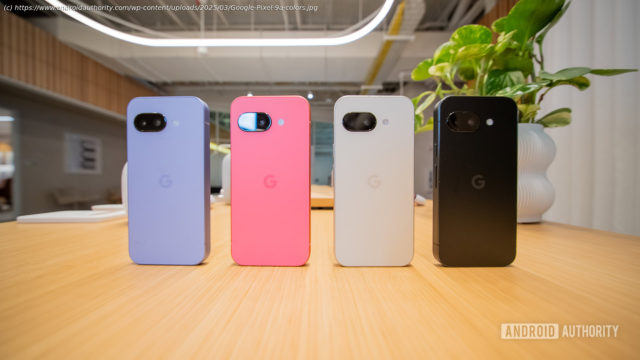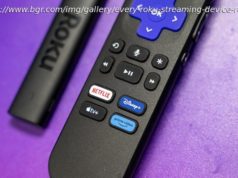At first glance, the Google Pixel 9a and iPhone 16e have a lot in common. But only one is the proper value flagship it set out to be.
In less than a month, Apple and Google both released their newest budget smartphones for 2025. Apple has the iPhone 16e, while Google has the Pixel 9a. At first glance, the phones are similar enough. They’re both the cheapest value offering for their flagship siblings, have a big focus on AI features, and have similar price tags.
There’s an argument to be made for each phone. If you need to be in Apple’s ecosystem but don’t want to pay $799 or $999 for an iPhone 16 or iPhone 16 Pro, the iPhone 16e gives you all the essentials (with a decent splash of Apple Intelligence) for $599. The Google Pixel 9a is the same type of phone for people who prefer Android, standing in as a lower-cost alternative to the Pixel 9 and Pixel 9 Pro with capable specs and its own AI goodies — all for just $499.
While the sum of the iPhone 16e and Pixel 9a may be identical, the parts they consist of are where things get very different. Each phone attempts to do the same thing, but when you look at them side by side and think about what each is giving you for your money, the Pixel 9a quickly highlights how bad of a value the iPhone 16e really is.How the Google Pixel 9a bests the iPhone 16e
From a hardware perspective, the Pixel 9a and iPhone 16e have a few things in common. Each one has an aluminum frame, an IP68 dust/water resistance rating, and a 48MP primary camera. Both phones also support wireless charging and wired charge speeds of around 20W. But it’s with the rest of the spec sheet where things fall apart for the iPhone.
It starts with the display. I love how compact the iPhone 16e’s 6.1-inch screen is, and it being an OLED panel is great, too. But you know what’s not great? Having an outdated 60Hz refresh rate and a measly peak brightness of just 1200 nits. Meanwhile, the Pixel 9a also has an OLED panel and pairs it with a 120Hz refresh rate with up to 2700 nits of peak brightness — meaning it has much smoother animations and a lot more brightness for outdoor visibility.






